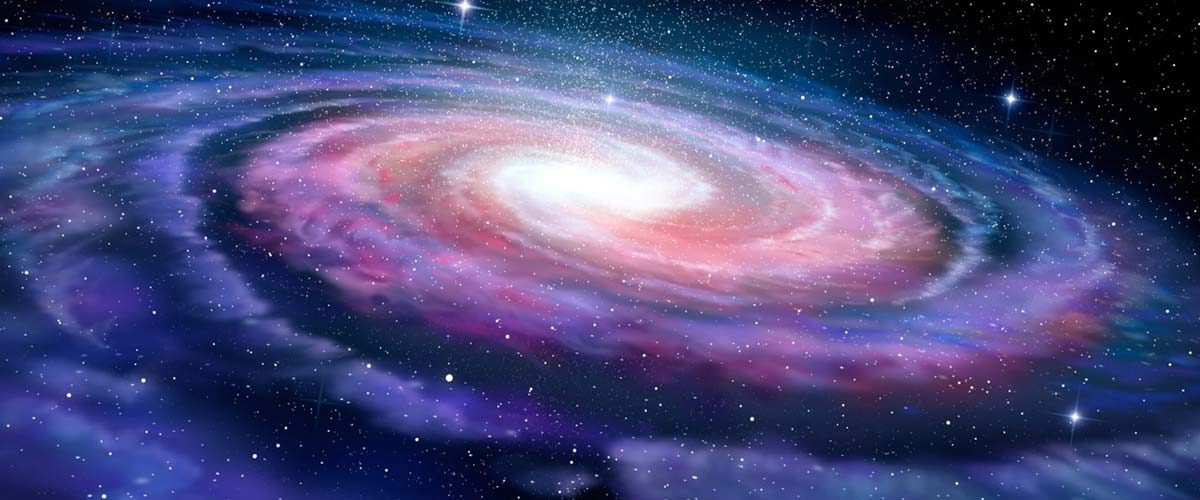A recent study published in ScienceAlert with the title“The newly discovered region of the milky way is filled with stars ready to blow up” is the focus of today’s discussion. The newly discovered regions of the Milky Way, found by the astrophysicists are abounding in scalding hot, ready-to-explode bright-blue stars.
The European Space Agency’s (ESA) Gaia telescope discovered a new region named Cepheus spur, during the creation of a circumstantial map of our colossal galactic vicinity. The spur is a sash between two spiral arms (Orion Arm and constellation Perseus), jam-packed with giant stars almost thrice the size of the sun and are blue due to blazing heat, which astronomers are calling OB stars are they emit blue wavelengths of light. Some of their most fascinating characters are that they are, shortest-living, scarcest, most ablaze, and largest stars in the whole galaxy. The intense nuclear reaction inside these starts makes them six times hotter in comparison to the sun. The supernovas (catastrophic explosion) disperses their complex elements far into the galaxy.
According to Michelangelo Pantaleoni of the Spanish Astrobiology Center (CAB) “OB stars are rare, in a Galaxy of 400 billion starts there be less than 200,000” he believes that OB stars add to the chemical enrichment of the galaxy by creating heavy elements. He believes that the complex geochemistry of planet Earth is because of such starts and that’s how biochemistry arises. Therefore, the researchers are of the view that around the blue stars lies the most active and most alive region of the galaxy.
Stellar parallax is used to compile a star map. Astronomers can estimate the distance to the stars by equating the location of the stars as observed by the different standpoint of Earth’s orbit around the sun. This technique in combination with the data from ESA’s Gaia telescope scientists has mapped out the unexplored areas of the space, that was assumed to be empty. The first sight of the map made Pantaleoni felt humble and like an explorer of the Enlightenment. He believes that this is the first accurate map of our world. It also highlighted the vastness of our stellar neighborhood.
The constant same directional movement of the galactic material rather than random alignment of stars is another prove that the newly discovered region is a part of the spiral galactic disk. The position of the spur being just above the galactic disk gives an enticing intimation about our Milky Way’s past.
Michelangelo Pantaleoni said that “If we are living in a galaxy with corrugations, which are slight vertical variations or ripples across its disk, it could point to a history of violent evolution for our galaxy, they could be a sign of past collisions with other galaxies.”
For the future, researchers should focus more on precise mapping by adding OB stars, thereby hopefully enlightens more insight into the structure of the Galaxy.
Keywords:
Milky Way, European Space Agency’s (ESA), Gaia telescope, Cepheus spur, OB stars, Stellar parallax, spiral galactic disk, precise mapping.
















Add comment